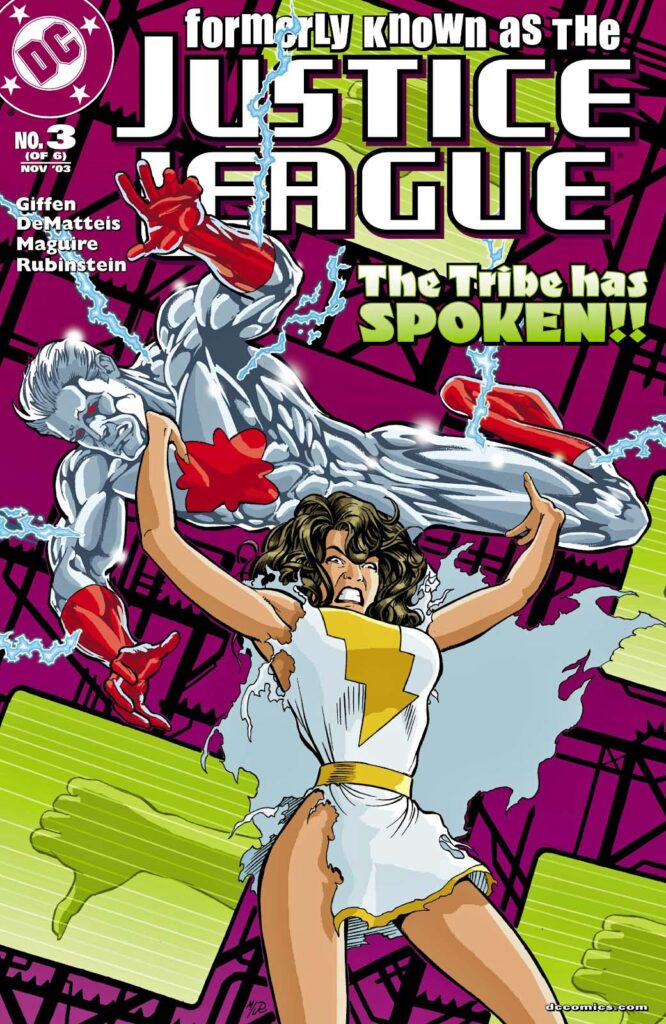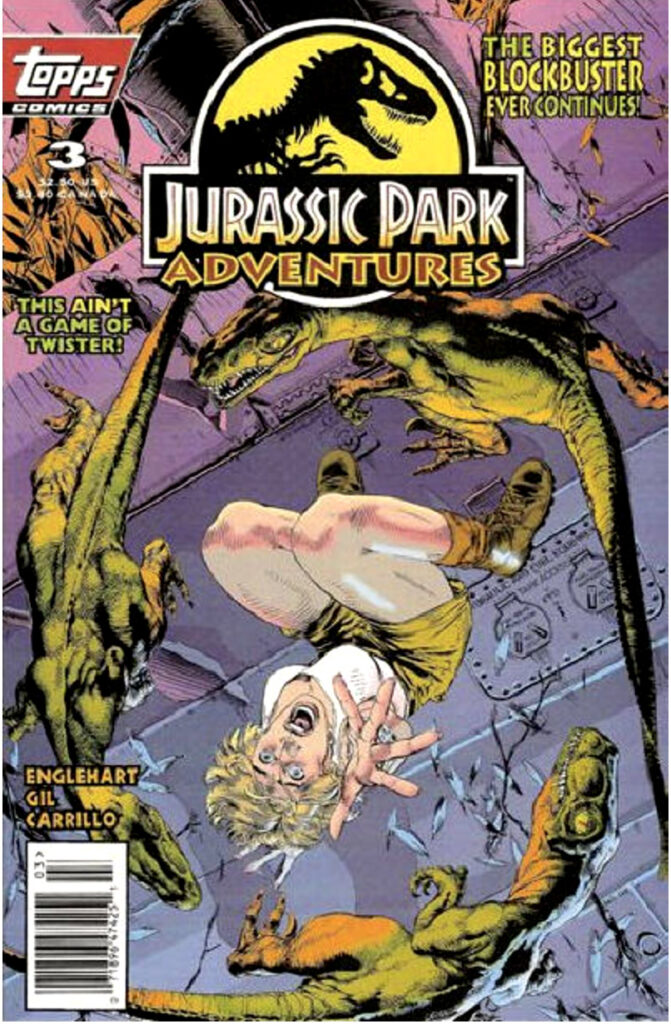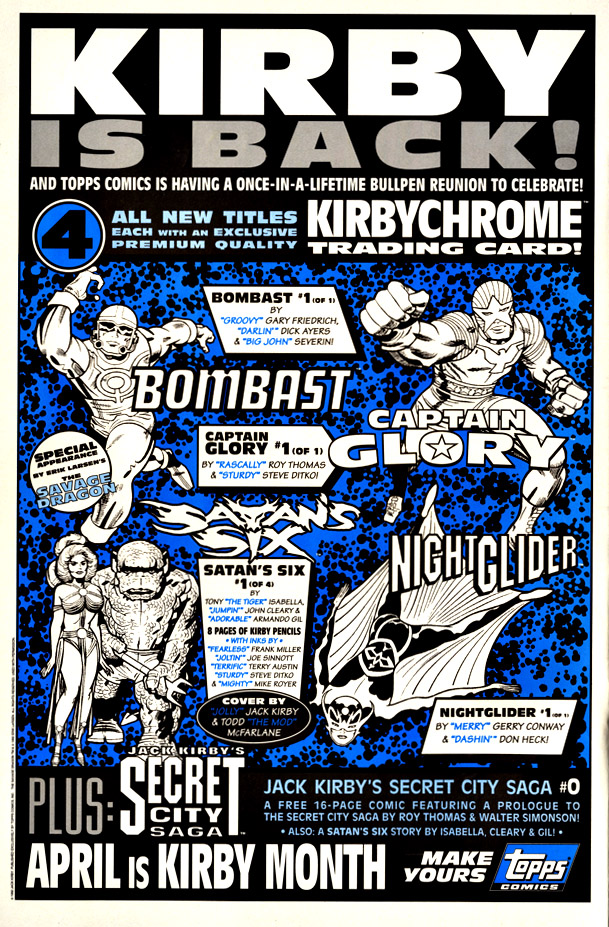Jose Delbo — Lives In A Yellow Submarine
Commission, based on artwork from The Yellow Submarine, (originally February 1969)

Coming up faster than I would like to acknowledge is the 55th anniversary of the (1968) release of the wild and wonderful Beatles’ Yellow Submarine animated feature film.
Gold Key (Western Publishing) published the adaptation of the film and charged 35 cents(!) for a copy, partly due to size (64 pages), and partly due (I assume) to steep licensing fees. It was the most I ever paid for a new issue of a comic book at the time. (Marvel and DC annuals were 25 cents.)
Jose Delbo nailed the film’s psychedelic aesthetic perfectly; I’ve never seen an actual original page from the adaptation, so I assume the pages were either destroyed or ended up in a Beatles archive somewhere, waiting to be rediscovered.
In the meantime, Jose’s great commission (undated, probably early 2000s) will do quite nicely.

































